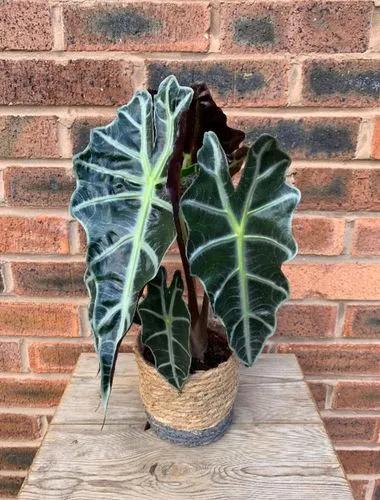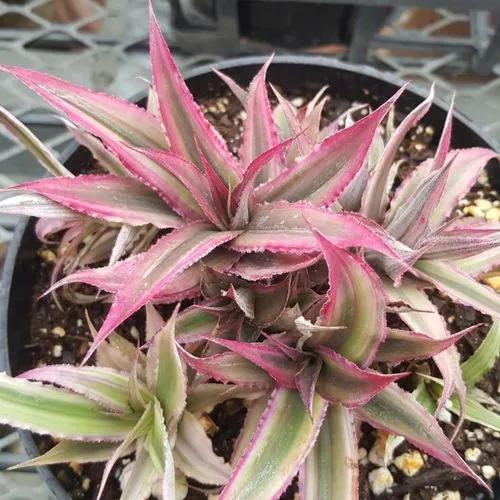Dieffenbachia has an interesting pattern on the leaves. At home, it is grown as a decorative houseplant. However, be careful: the plant is toxic.
Dumb Cane Care
Dieffenbachia seguine/ maculata



In the wild, Dieffenbachia grows in the rainforests of South America.
The leaves of Dumb Cane are large, beautifully shaped, with a variegated pattern. Stems are thick and strong. The pattern on the leaves consists of stripes, spots, dots of different shades from light green to dark yellow. Invasive in Asia and Pacific Islands.
How to Care for the Plant

Water

Dumb Cane has to be watered on a regular basis. The soil should not be permitted to dry out. Water the plant generously from spring to autumn, then moderately in the winter. Dieffenbachia also requires a lot of humidity because it is a tropical plant. The leaves begin to dry out and become yellow at the edges when exposed to dry air. As a result, they must be sprayed and cleaned periodically as dust collects on them. Water should be soft and settled.

Pruning

Prune the top of the plant once in two-three years. The bare stem and the shaggy top indicate that it is time to trim your dumb cane. The best time for pruning is the dormant period in winter, even though new leaves appear at this time.

Fertilizer

Dieffenbachia is fed once in two weeks in the spring and summer. This can be done with any complex mineral fertilizer or special fertilizer designed for variegated decorative foliage plants. The plant spends less energy on development and essential activity from September to March due to the shorter daylight hours. Fertilization should be avoided during this time.

Sunlight

Despite the fact that dieffenbachia is a shade-tolerant plant, it thrives in bright indirect light. Its leaves are less attractive and decorative in the shadow. In the summer, however, the plant must be shaded from direct sunshine to avoid sunburn.

Soil

Special Dieffenbachia potting mix will do perfectly, but you can add sand or perlite and peat if it seems too dense.
For homemade soil, take 1 part garden soil, 1 part coarse sand or perlite, 1 part wet peat or humus. Always use a pot with a drainage hole.
Propagation

To propagate Dieffenbachia, cuttings from the top of the plant are used. The plant begins to branch when the top is taken off, forming a rich, beautiful shrub. For rooting, you can use sand, light and loose soil mixture, and water.

Temperature

Warmth is what Dumb Cane enjoys. It cannot be exposed to the cold or drafts. The room temperature should not drop below 65°F (18°C).

Container

The size of the Dieffenbachia container does not have to be too big; otherwise, the roots will rot. Choose the planters to be about 1-2 inches bigger than the root system.
Large varieties, like Dieffenbachia amoena 'Tropic Snow,' can reach up to the height of 6 feet, so that they require a pot size of 12-16 inches. Similarly, dwarf plants, like 'Compacta', can do well in a 6-8 inches planter.
Fun fact

Dumb cane gets its common name from the temporary speechlessness that occurs after chewing a piece of the stem. The cells of the plant include stinging crystals, known as raphides, that are composed of calcium oxalate.

Popularity

12,812 people already have this plant 2,459 people have added this plant to their wishlists
Discover more plants with the list below
Related articles






